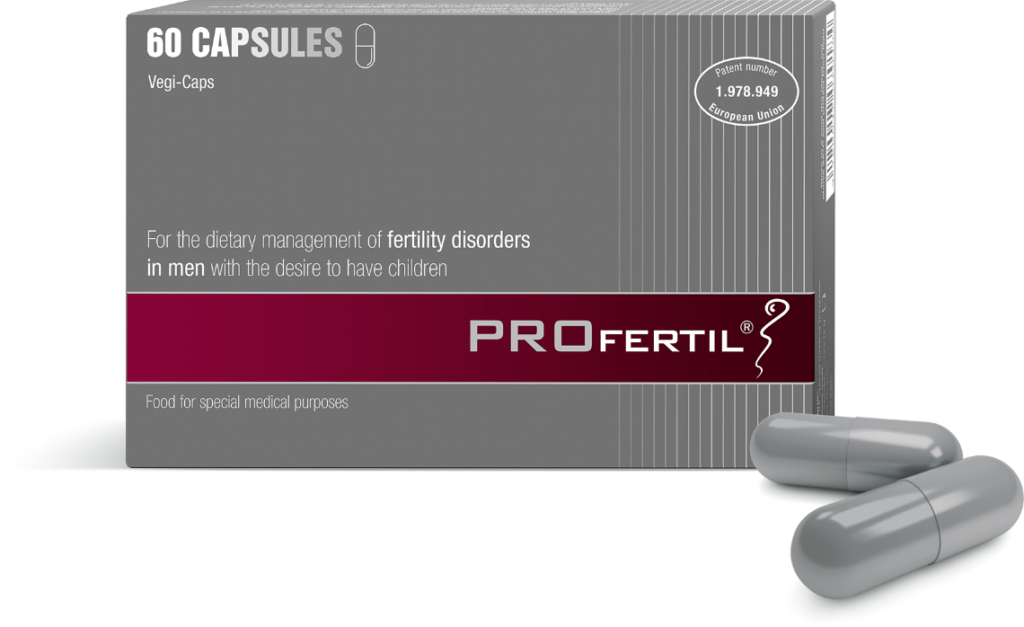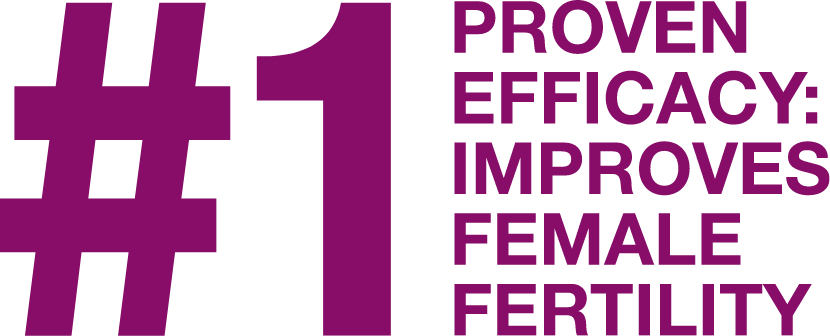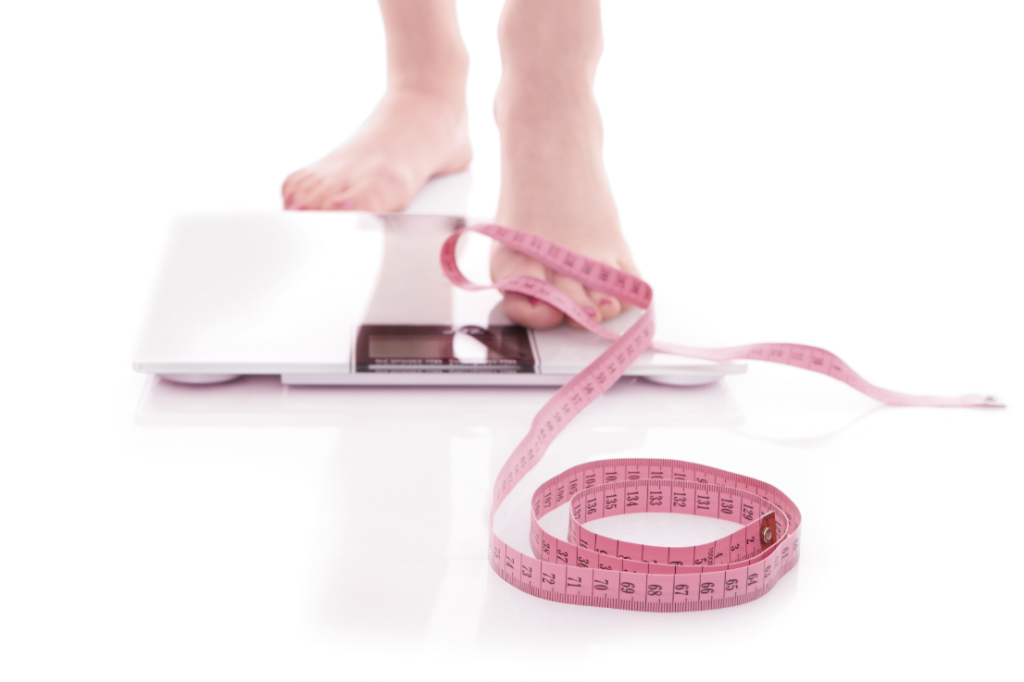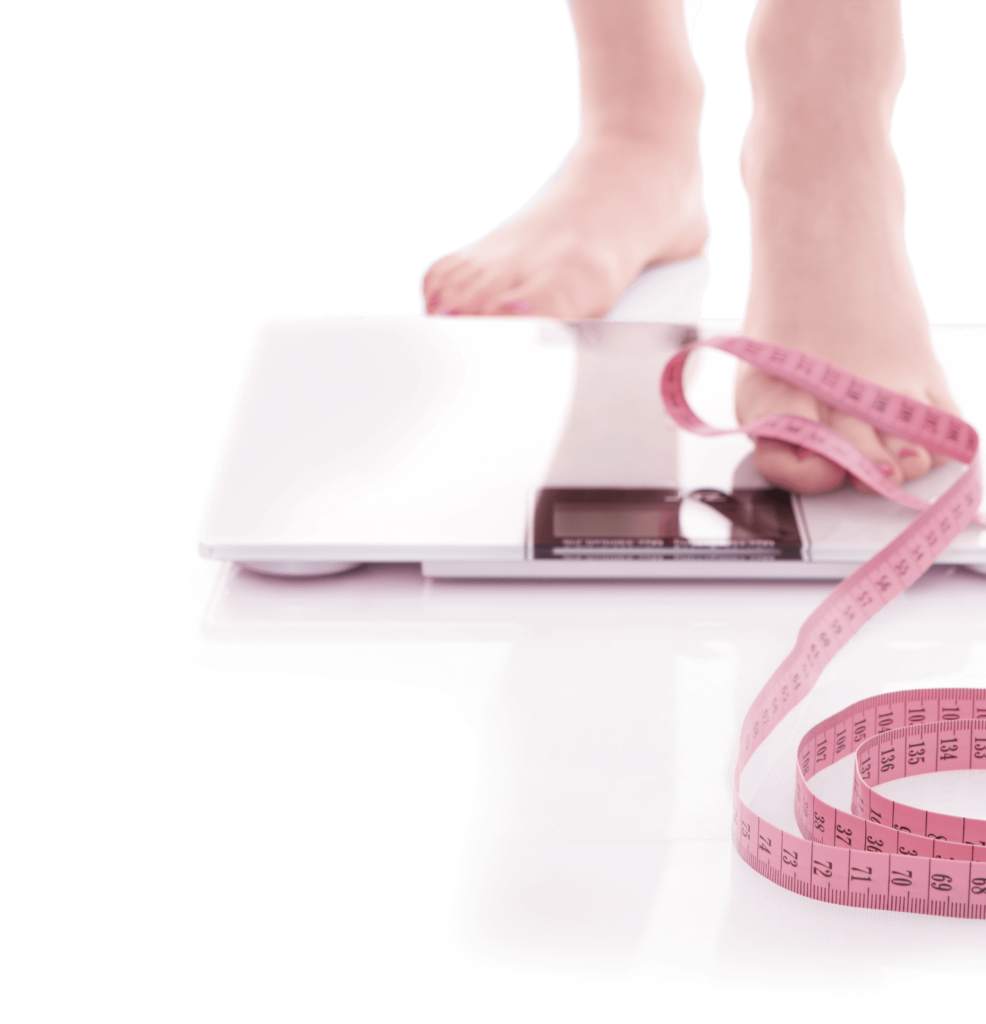


What to do in case of infertility?
Should there be no pregnancy after one year of unprotected intercourse, infertility is present by definition. Physical and psychological causes can be the reason for this. The cause should therefore be determined at the beginning so that targeted treatment can be initiated. The analytical / clarifying discussions are not restricted to your gynaecologist, but you can also speak to your urologist or andrologist. Fertility clinics, specialists in reproductive medicine and endocrinologists are also the right contact partners for diagnosing the individually applicable cause from the possible causes.
As a first step, the man and woman should avoid cigarettes and regular alcohol consumption. Moderate but regular sport promotes physical fitness and can reduce stress factors. Overweight people should lose weight. The ideal BMI (» Body Mass Index) is between 19 and 25. Make sure to get regular and restful sleep as well as daily relaxation phases. The cycle should also be monitored. In addition to monitoring the cycle, the assessment of male fertility with a spermiogram is also especially recommended.
What role does the woman’s age play in terms of infertility?
The woman’s age not only influences the number of egg cells, but also their quality. In this context, not only do chromosomal changes increase with age, but so does the number of miscarriages.
The reduction of female egg cells is a continuous and natural process that begins in the female foetus in the womb. At birth, there are approximately one million egg cells and this reduces to “just” about half at the onset of menstruation. The egg cell reserve continues to deplete at older ages. This explains why the reserve is depleted to around 25,000 in women in their mid-thirties and then shrinks to around 1,000 ovarian follicles at the onset of menopause. The chance of a pregnancy is then no longer as hopeful as in younger years. However, it should be noted that the egg cell reserve can vary greatly from woman to woman.
Folic acid is important, but no longer sufficient over the age of 30.
The intake of folic acid plays an important role in growth processes and cell division. A sufficient supply of this micronutrient is important for the growth and nerve tissue of the foetus (e.g. neural tube). In the context of pregnancy planning, it should be taken into consideration that the need for folic acid is increased during pregnancy and in the phase prior to conception (at least 4 weeks prior to conception).
Since not only the number of egg cells but also their quality decreases and conversely the chromosomal changes and number of miscarriages increase, the intake of folic acid alone by women aged 30 years and above is not always sufficient to fulfil the desire to have children.

The additional intake of PROFERTIL® female from when the desire to have children sets in until the beginning of a confirmed pregnancy is recommended to increase fertility. PROFERTIL® female can help on the path to having a planned child with its study-proven formulation of micronutrients. PROFERTIL® female has a positive effect on metabolism as well as egg cell maturation, ovulation and implantation.
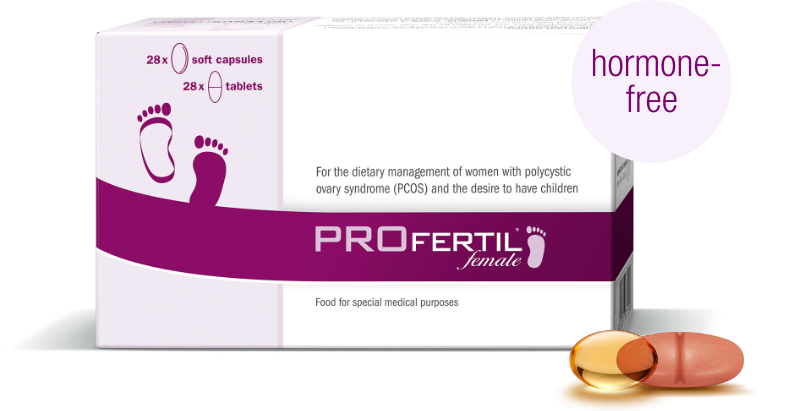
The path to having a planned child
The treatment option that can lead to the fulfilment of the desire to have children ultimately depends on the cause. The age of the man and woman plays a role just like the type of fertility disorder and the period of unwanted childlessness.
Another possibility is hormone treatment. Any required hormones can be taken in tablet form or even injected. If artificial insemination is required as a last resort, PROFERTIL® female can also be taken in a supporting capacity.
In the context of artificial insemination, a distinction should be made between the following:
- Artificial insemination in the uterus referred to as insemination
- Fertilisation of egg cells outside of the body by means of in vitro fertilisation, IVF for short, e.g. in case of a blockage of the fallopian tube or the production of antibodies against sperm cells
- Injection of a sperm cell in an egg cell, referred to as “Intracytoplasmic sperm injection” (ICSI) in expert circles
- TESE/MESA – microsurgical sperm retrieval from the testicle/epididymis
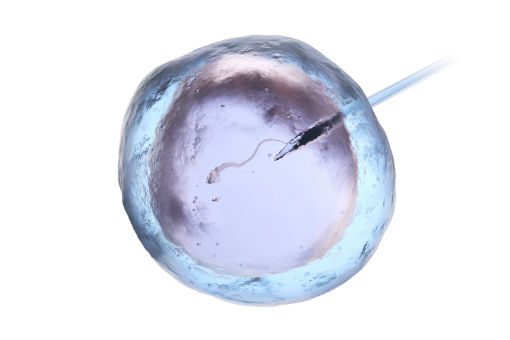
In case of reduced fertility, PROFERTIL® female can also help women on their path to having a long-awaited planned child as a supplement to IVF treatment.
It is not only the physical body that can cause a fertility disorder
Psychological factors, which can also put a strain on the partnership, often play a significant role. In this case, the opportunity of psychological support should be taken to relieve stress and tension and also strengthen confidence in one’s own body.
The man may be the cause of the unfulfilled desire to have children in around 50% of all cases. The desire to have children is a joint cause after all.


In this context, motility, i.e. the ability of sperm to move, is an important criterion. If the sperm cells are too slow, they will die before reaching the egg cell. If more than 32% of the sperm cells are progressive, this is referred to as normal motility.
Motility is divided into three categories:
- Forward mobility = Progressive motility (PR)
- Local mobility (so-called circle swimmers) = Non-progressive motility
- No mobility = Immotile
The number/concentration of sperm also has a diagnostic and prognostic value.
Another important aspect for assessing fertility is the appearance of the sperm, i.e. the morphology. The morphology is normal if more than 4% of the sperm are normally shaped.
PROFERTlL® male demonstrably increases male fertility.
| Studies have shown the improvement of all sperm parameters that are relevant for pregnancy. |
